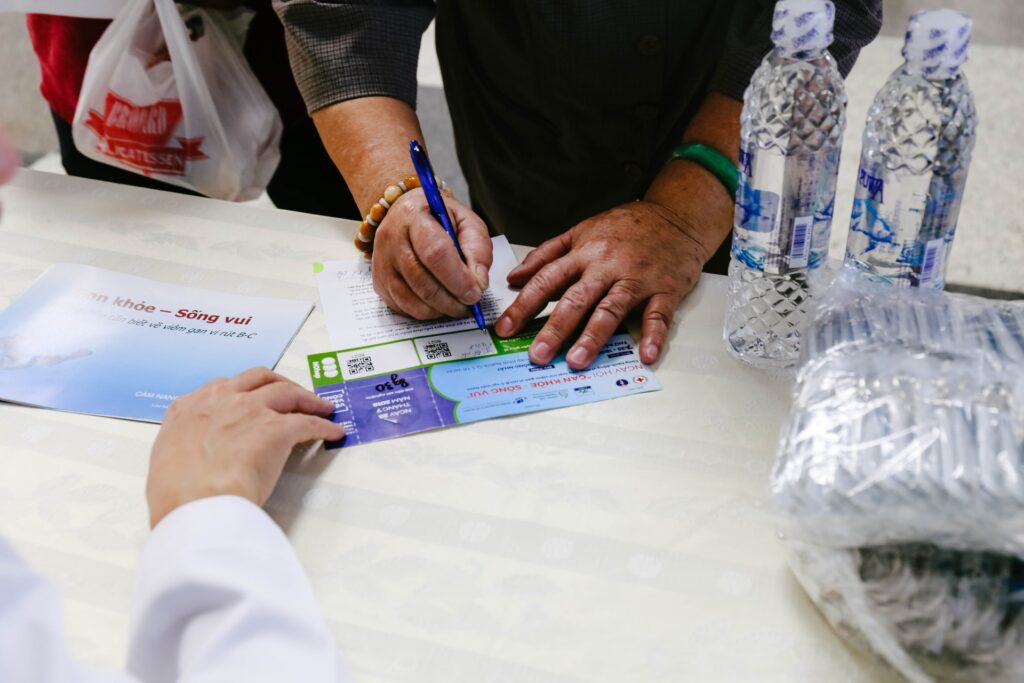
11 Digital Tools That Can Transform the Future of Healthcare
Healthcare providers know that they need to improve their game in the rapidly-evolving digital age. Patients want a digital experience free of hassles when they visit their healthcare providers. They are accustomed to the conveniences we all enjoy online with shopping, banking, and much more. They want the same with healthcare delivery.
Already, digital transformation is changing healthcare services. A McKinsey report found that the digital healthcare market will increase from $35 billion in 2016 to $50 billion in 2024. This indicates how quickly the growth of technology is occurring in healthcare. Some of the digital tools that are changing the healthcare landscape today and beyond include those below.
Pricing Transparency

Customers today want options in their healthcare and to get more value for their dollar. Pricing transparency applications and online scheduling let customers look at different healthcare providers. Healthcare consumers value these aspects because they don’t have to settle for one healthcare provider at a high price.
Accessibility
According to LastMinuteCEUs.com, the digital transformation in healthcare makes it possible for people to better access and control their healthcare information. Healthcare consumers can use patient history, medical records, and other healthcare details as they wish. In this way, digital tools help change how healthcare information is accessed and used by consumers.
Preferences

New digital tools put healthcare right in the palm of the consumer’s hand. These tools make it possible for healthcare consumers to manage their care according to their preferences. Now they can monitor and manage all aspects of their healthcare spending and health how they wish.
Convenience
A recent study compared the satisfaction rates of remote, telemedicine patients compared to patients who had in-person appointments. The results showed that telemedicine patients had reduced waiting times and saved time and money – about $50. The study also stated that 99% of those who responded said they would tell their friends and family to use telemedicine. And 98% said they would use telemedicine again. It is clear that consumers value the convenience of telemedicine, and this trend should continue.
Also, the following tools are becoming popular with healthcare providers and patients today:
Self-Service Tools

These digital tools aid in streamlining appointments for patients with the physician and include convenient features such as online appointment scheduling, electronic payment, renewing prescriptions automatically, and more. These innovative tools give patients new ways to manage their healthcare without dealing with administrative personnel.
Wellness Tools
These digital tools include ways to monitor your health and maintain wellness with fitness coaching, consultations in real-time, and more. Other options include apps and wearable technology, such as re-watches that let people better achieve their health goals.
Applications that use this concept help the patient determine their fitness levels, schedule workout sessions, set fitness goals, find new exercises to try, and more.
Transparency Tools in the Clinic

These tools are intended to reduce information asymmetry and provide healthcare consumers with the data they need to make better healthcare decisions. Giving patients more insights into how different providers will aid in better clinical decision making.
Useful transparency tools should have visual, interactive graphs that link across many disciplines, real-time access to critical healthcare information, and highlight vital performance issues.
Financial Transparency Tools
These digital tools provide healthcare customers with access to the various financial aspects of healthcare. There are options for insurance costs, fees charged by different healthcare providers, and much more. These tools help consumers to compare prices and benefits so they can make better financial decisions.
Also, several specific digital devices are making a big difference for patients:
Chronic Disease Management and Population Health

The Spire Health Tag is a device that you wear about the size of the typical key fob. It measures the patient’s heart rate, breathing, movement, and sleep. The data is then sent to a dashboard or smartphone monitored by a clinician. This patient-monitoring tool can be put on a piece of clothing, does not need to be charged, and can withstand moderate accidental damage.
The Department of Health and Human Services hopes this device could one day detect signs that a person is coming down with an illness before they even know it. Health systems also explore how to use them in their chronic disease management programs, such as congestive heart failure.
Patient Engagement
EASE, or Electronic Access to Surgical Events, is an app similar to Snapchat that allows surgical teams to communicate with loved ones during an operation. It sends HIPAA-compliant messages and images that will disappear after they are seen on a smartphone. EASE can reduce waiting room anxiety because it updates loved ones about the patient’s progress with photos, videos, and text messages from the operating room.
EASE messages last for approximately 60 seconds for the viewer. To boost privacy and security, all incoming messages are deleted from the phone and service forever. They cannot be saved. Usually, the nurse sends messages every 30 minutes during a procedure, concluding with a video recap from the doctor. Before each message is sent, a nurse scans the barcode on the patient’s wristband to ensure messages go to the right people.
Chronic Disease Management
The Kaia COPD app helps patients manage their disease with clinically validated guidelines that deal with the psychological and physical issues that affect their health. This innovative app includes these features:
Artificial intelligence-based video with exercises to aid the patient in building muscle and develop a healthier cardiovascular system.
Psychosocial help with relaxation exercises on audio that manage depression and anxiety. Education for patients on many vital topics, such as coughing and breathing methods, nutrition, and how air pollution affects many diseases.
Modern healthcare tools are changing the delivery and consumption of healthcare. It is reasonable to expect more innovations soon that continue and improve healthcare digitization.